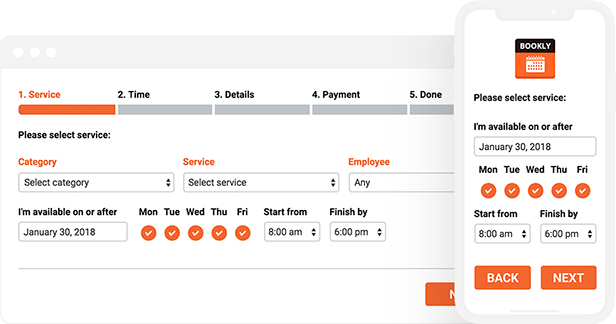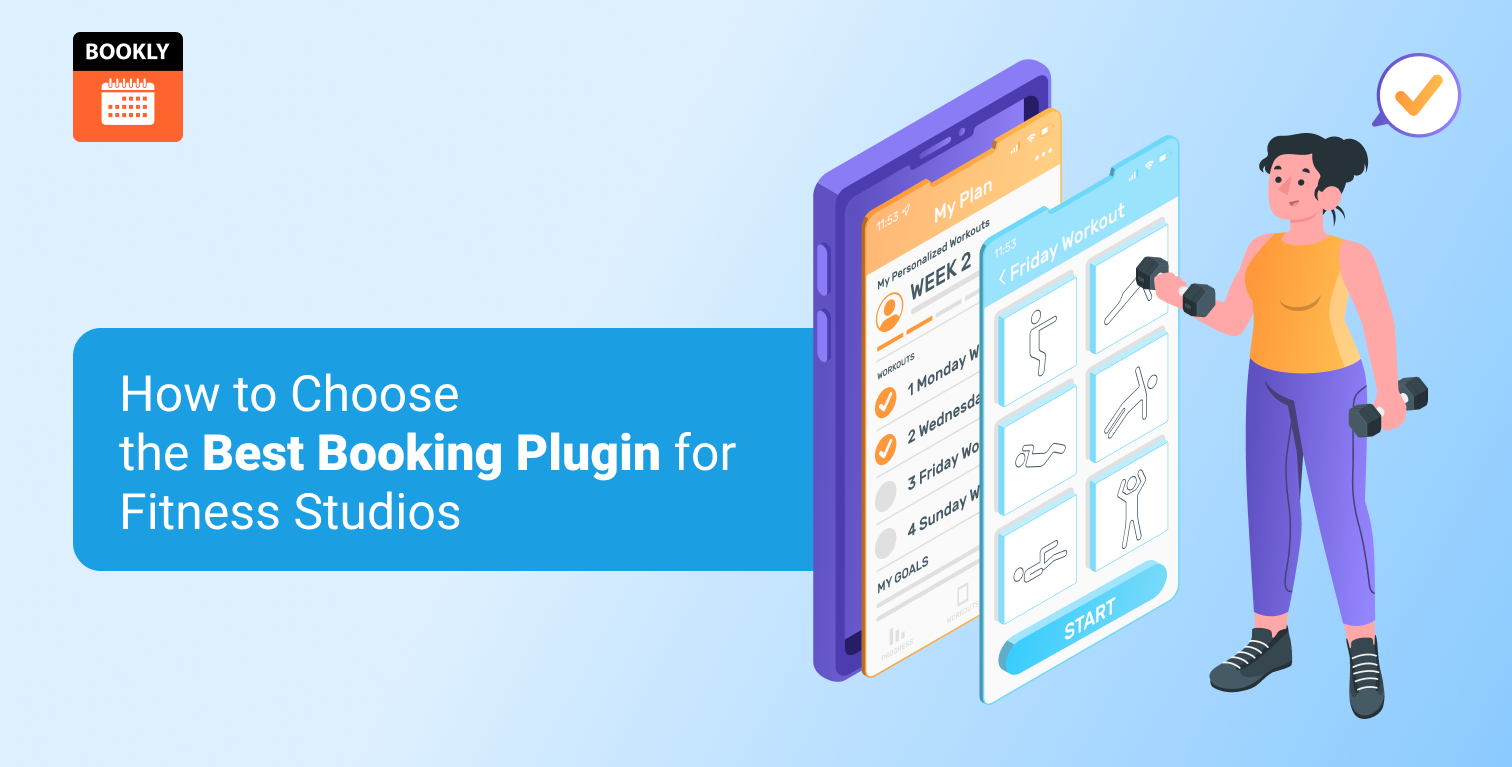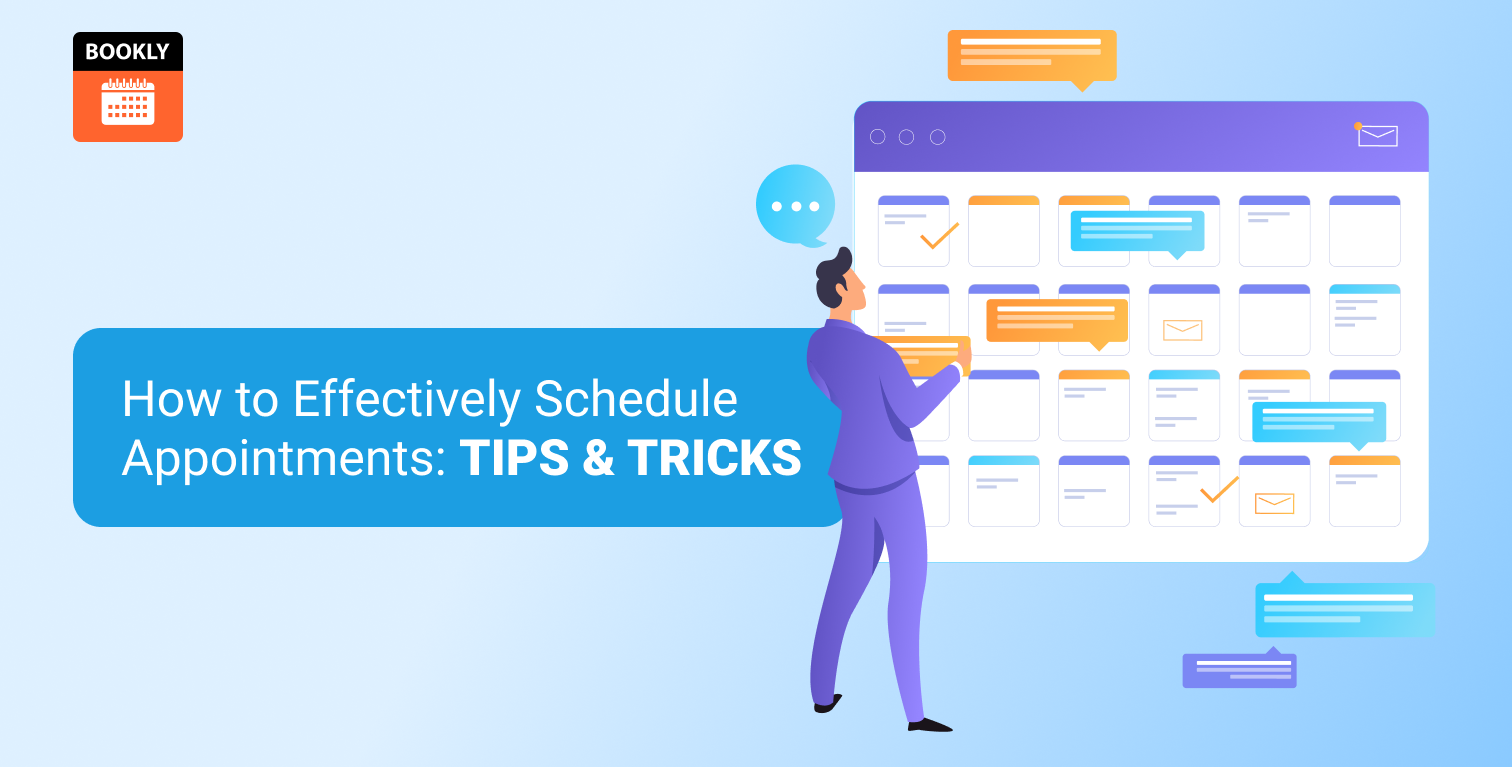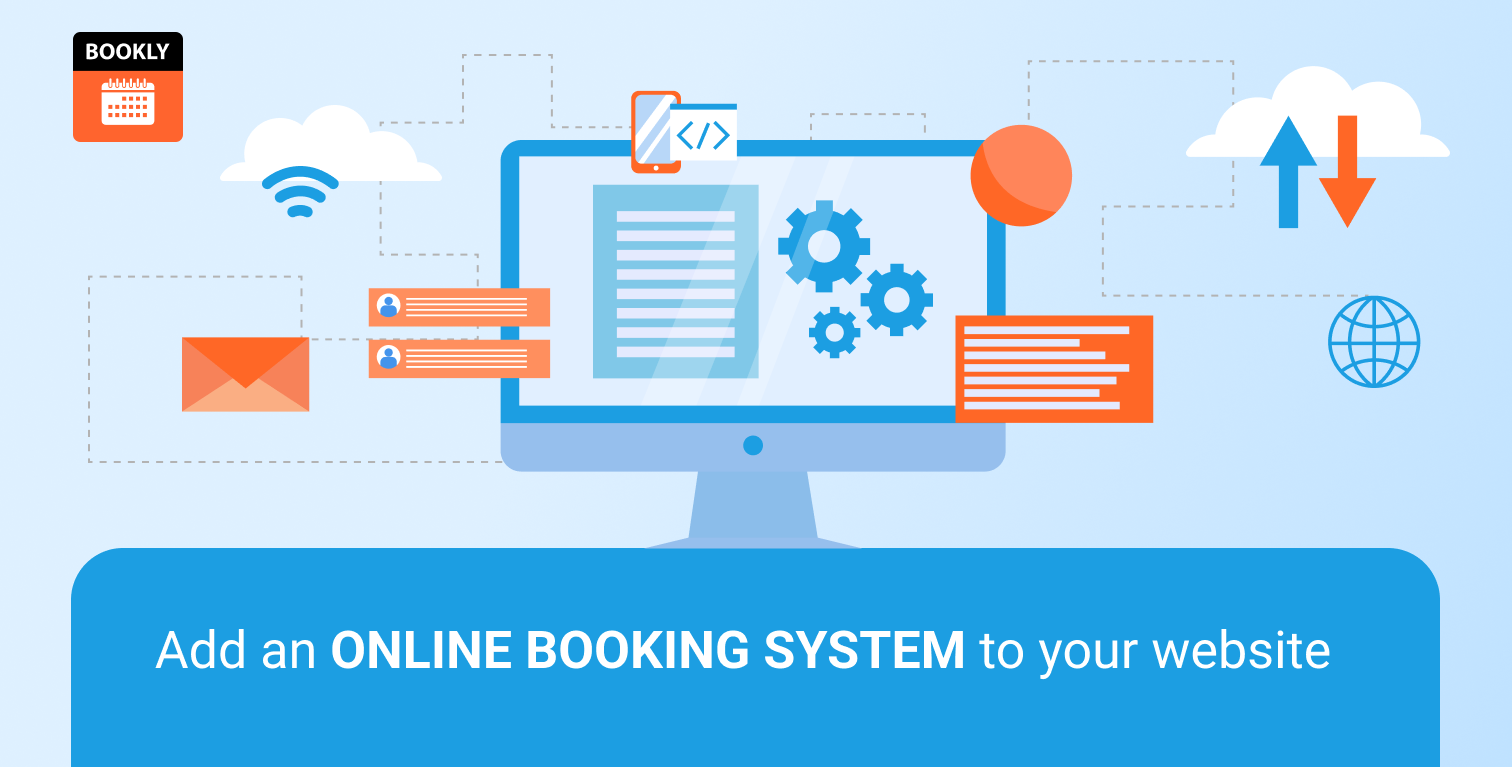
Equipment rental services guide: What you need to know to start and run an equipment rental services company
By 2021 it is predicted that the US equipment rental industry will produce $59.6 billion in annual revenue. That’s according to a five-year forecast by the American Rental Association (ARA). The same study predicts that in 2020 alone, the equipment rental industry marketing should increase by 5%.
What this means is that whether you are already running an equipment rental equipment company or looking to enter the industry, there is no shortage of profitable opportunities.
In this guide we will look at some of the key trends in the equipment rental industry market, that you can exploit for your business. We’ll also identify some of the key considerations for you to think about when launching a rental business.
What is equipment rental service?
Before we look at the equipment rental service business in more detail, first let’s start with what exactly is the equipment rental industry. The equipment rental industry provides tools, equipment and machinery for set period of time to users. These are typically construction companies, but they may also be other types of firms or even individual consumers. In some countries, such as the United Kingdom, the industry is known as plant hire.
The equipment rental industry is a relatively young one. For example, the American Rental Association was only launched in 1955. In many countries, most notably Europe, the industry has been dominated by a number of small and medium (SME) sized businesses. However, over the past couple of decades there has been a rising number of acquisitions and consolidation. There are now a number of equipment rental groups posting annual revenue in excess of $1 billion.
Despite this consolidation, the majority of equipment rental service firms have fewer than five employees. The fragmentation in the market means that there is plenty of opportunity for new entrants into the market.
Equipment rentals and construction
The equipment rentals and construction trends are closely tied. According to a study by IBISWorld, increased residential construction drives demand for rental equipment. As the study details a significant share of the revenue for equipment rental services is renting tools and equipment to construction contractors for single and multi-unit residential homes. Because of this a drop in residential construction can have an adverse effect on the prospects for equipment rental services.
Equipment rental services demand is also tied to the DIY market for home improvements. Homeowners performing remodelling on their properties will typically need to rent equipment. Their ability to undertake these projects depend on their net disposable income. As net disposable income for homeowners increases, demand for equipment rental also rises.
How much do equipment rental services make?
As noted in the introduction, the global equipment rental market is forecasted to grow steadily over the next five years. The IBISWorld research report states that there is predicted CAGR of 5.06% for the period of 2019 – 2026.
This growth is facilitated by a range of factors, including the growth of the construction sector and infrastructure. The impact of these is particularly pronounced in developing markets. In developing countries infrastructure spend is primarily being driven by increased urbanisation and a growing population. In the developed country, there is a need for updated infrastructure. One of the primary headwinds against the equipment rental market, is increased regulation around construction equipment emissions.
Because of continued demand for construction rental equipment, the industry is likely to enjoy robust profit margins through to the mid 2020’s.
Target customers for equipment for rental
The primary market for equipment for rental is the construction industry, both companies and individuals. However, this is by no means the only potential target market for the industry. More broadly there is a wide range of equipment that entrepreneurs can offer for rent. Some of these equipment rentals opportunities include:
- Dumpster rentals – Closely tied to the construction industry, is the dumpster rental business. Typically, clients will need to rent dumpsters to dispose of excess waste and materials during construction. Dumpster rentals are also in demand during house moves.
- Sports equipment – Sports equipment rentals are particularly in demand for higher value items that customers may not wish to purchase outright. These businesses are particularly suited to vacation areas.
- Moving equipment – Moving equipment encompasses a range of items including dollies and bins. Because moves are typically done on a one-off basis, this type of equipment is usually rented.
- Audio-visual equipment – Businesses often only require audio-visual equipment on an intermittent basis; such as during presentations and conferences. As a consequence, audio visual equipment is often rented.
- Office equipment rental – Companies may require a range of office equipment that is only needed on a temporary basis. This can include chairs, dividers, desks, computers and printers.
Identifying equipment rentals near your location
Before starting equipment rental services, it is important to ask yourself what equipment rentals are near my location? Identifying and listing equipment rentals in your area is an important first step before entering a market.
List out the other equipment rental areas in your target area. This should include a list of the type of equipment that they offer, target customers and pricing. This will give you a sense of what the market in your area can support and the opportunities that exist.
If there is a well-established, large equipment rental business offering a wide range of equipment, this should serve as a red flag for entering this market. It may be difficult to compete on the same terms that this business offers. Instead you may need to look for a smaller niche, within this market that you can target.
Having competitors in your market should not necessarily be viewed as a negative. The presence of other successful equipment rental services indicates that your market can support this type of business. In contrast a lack of other equipment rental services, does mean that further investigation may be required. The lack of other similar businesses could mean that the market is not sufficiently large to support these types of businesses. Likewise, if there are a lot of low-end equipment rental services, but no high-end offerings, make sure that the income levels can support a higher end offering.
If there are other successful competitors within your market, you will need to identify your competitive advantage. This includes what you can offer that is either better or different to existing competitors. This might include better quality equipment, lower pricing or a different offering. For example, if you are targeting a holiday destination, there may be other companies offering recreational equipment. You can look for types of in demand recreational equipment that you can offer instead.
Insurance for equipment rental companies
When choosing insurance for equipment rental services your goal is to obtain the highest level of coverage for the best possible price. You want to select a policy that will cover your business for any accidents, unexpected events and general liability. A good insurance policy for an equipment rental company will include:
- Equipment and property
- Umbrella liability
- Employer’s liability
- Auto liability
Some equipment rental companies will aim to protect themselves by having customers sign a damage waiver. However, having a damage waiver in place will not provide the same level of protection as adequate insurance protection.
How much to charge for equipment rental?
There are two main approaches that can be employed when working out how much to charge for equipment rental. These are: cost plus margin or market rate.
Firstly, cost plus margin requires that you first establish how much the equipment you are renting out costs your business. You do this by adding the cost of capital, depreciation, maintenance and other costs.
Cost of capital is how much the equipment costs you to purchase. Depreciation is the cost of the equipment divided by the length of its expected lifespan. Maintenance is how much you expect it will cost to maintain the equipment. Other costs can vary but will typically include items like storage and delivery of the equipment. Combined these four factors give you the cost of sale. Finally, you then add in your mark-up to the product and then will give you how much to charge for the equipment rental.
The second approach is the market rate. This involves looking at competitors and seeing what customers are willing to pay for the equipment. From here you can establish a base price. Then decide whether you want to position your equipment rental service as a premium offering or to undercut your competition. Provided that you have a similar cost structure as your competitors you can determine how much margin you will make.
Software for equipment rental
Website for an equipment rental business
When developing a website for your equipment rental services you want to select a website solution that will be easy to customise and manage, is user friendly and can scale with your business. One of the most popular options for building a website is WordPress. WordPress is a Content Management System (CMS) that is used to power roughly one third of all the websites on the internet. Due to its popularity it is supported by a large community of developers. There is also a huge range of plugins and themes which allow you to customise and expand the look and functionality of your website. Importantly, managing the backend of a WordPress website doesn’t require programming ability. This makes it highly suitable for small and medium sized equipment rental agencies which may not have the resources for full-time IT support. WordPress also works with the Bookly booking solution detailed below.
Accounting software for equipment rental businesses
Most smaller equipment rental services will want to start off with a relatively light-weight and yet flexible accounting software solution. One popular option that meets these requirements is the cloud-based accounting software Zero.
Customer Relationship Management (CRM) software
A CRM is an important tool for tracking your customer database to help streamline your sales and customer relationship operations. Having a good CRM will assist you with identifying potential opportunities for growth within your business. For example, you may note that there is growing demand for a particular range of equipment. You may want to invest more in this area to expand your offerings. There are many good solutions for CRMs. One of the leading options is Salesforce. However, this may be at a price point which makes it unsuitable for smaller operations. You may instead want to use something more lightweight like Capsule or Pipedrive. The Bookly software solution also includes some CRM functionality. To start you may find it sufficient to use Bookly for both your CRM and booking software.
Booking software for equipment rental
One of the most important components of the software setup are booking forms. A user-friendly and streamlined online booking experience is essential for a successful equipment booking company. Both companies and individuals expect to be able to book equipment and tools online. Ensuring that this process is user-friendly will help to increase the number of visitors to the website that convert into paying clients.
Bookly is a WordPress booking plugin which meets all of the requirements for an equipment rental services company. Booking forms are highly customisable, with the ability to add and remove fields and steps in the booking process. Payment can be taken via dozens of different popular gateways and it is possible to request a deposit. Automated email and SMS notification send clients all of their equipment booking details and ensure that it is collected at the correct time. Because Bookly is completely optimised for mobile, it can act equivalent to an app for equipment rental, without necessitating the cost and time for development.
Conclusion
The equipment rentals industry is one that is predicted to grow steadily over the next five years. Provided that infrastructure and construction industries remain robust there should be continuing demand. With a highly fragmented industry, offering a wide range of equipment and tools, there is plenty of room for new entrants. Fledgling equipment rental companies can gain a competitive edge by embracing new technology that simplifies the equipment booking process.










